Almost 10 years ago, when I was a baby freelancer who had not quite broken into magazines, I wrote a Medium post for students and other writers, Finding the Longform Idea. In it, I discussed elements to look for when searching for a narrative story, along with tips for finding them.
This advice, which I relied upon in my previous newspaper feature writing career, still stands. But I continue to refine my process of finding, crafting, and pitching ideas, which can vary depending on what kind of longform story you are trying to tell, especially for magazines or books.
So here is a follow up post, which offers some additional insights: Finding the Longform Idea, Part Two. (*Note: I will follow up in this newsletter in coming weeks with more tips from a few of my favorite longform writers, talking about how they find ideas.)
Also, thank you to Kim Cross at The Nieman Storyboard, for annotating my recent New York Times piece on Maui fire victim, Edralina Diezon. The annotation discusses how I encountered the story, and why I cared so much to get it into print, even after receiving rejections. The story is a “micro narrative,” under 2,000 words.
For another example of a micro narrative, earlier this year I assigned my students Kim’s own lovely 900-word New York Times story on Freedom, Wyoming, and its Nieman Storyboard annotation by Chip Scanlan, How to turn a theme and 900 words into sense-of-place poetry. After discussing it, the students went off to report and write their own micro-narratives. They came back with some gems.
Kim’s insightful annotation of my Maui story reiterates a few lessons from that initial Medium post on Finding the Longform Idea:
“Immersion = world + character + plot.” On Maui, I immersed with people, including the main subject of that story. I did not know where it would lead. I got to know Edralina, following her journey over time. I was heartbroken when I discovered what eventually happened to her.
This story also drew from narrative reconstruction techniques mentioned in that post:
“Look for events that have happened and “go back to re-examine them.” I returned to Maui to follow up, and to reconstruct what happened to Edralina. I talked to her coworkers, and I retraced her final steps.
One reason I pushed all year to tell narrative stories about Maui—like Edralina’s, or “A Merciless Sun,” for Men’s Health, about an unlikely hero, or “A Maui Love Story,” for New York Magazine—is because Maui’s victims were largely working class—Native Hawaiians, Pacific Islanders, Asian Americans, immigrants—living on an island that was colonized by the U.S., and working in an industry that caters to tourists. I wanted readers to see and feel the Maui survivors’ stories, understand them as people, as deeply and viscerally as they did the victims of say, the Camp Fire, in Paradise, Calif. (see stories below).
Narrative, I believe, is most effective when it illuminates macro meaning through micro details. When it comes to finding the longform idea, trust your instincts.
Rethinking Character
In nonfiction, “character” is a fraught term. I grew up using it in the narrative nonfiction world to describe people moving through time in reported stories. I considered characters in narratives to be people who want something, encounter obstacles, experience change, or come to realizations.
But I also know all too well that real people are not “characters” in journalists’ stories. They are human interview subjects, trusting reporters with painful, sometimes private, intimate details. “Character” reflects how a journalist can hold power over a person and their experiences. That is especially problematic if the subject is disenfranchised, underprivileged, a kid, a trauma victim, or is not a public figure.
When it comes to real-life people, I have gravitated toward more often using “subject” when referring to the multifaceted humans we write about.
A longform story’s main subject does not always have to be a person. It can also be a place. I am sometimes drawn to people first, and I piece together the narrative after. But when finding longform ideas, we can also consider starting with a place, and bringing this non-human subject to life as a fully dimensional nonfiction “character.”
In my classes I sometimes assign two stories about the Camp Fire in Northern California. “We Have Fire Everywhere,” by Jon Mooallem, ran in The New Times Magazine. The other, “Gone,” by Mark Arax, ran in The California Sunday Magazine. Both were cover stories. Both ran eight months after the 2018 wildfire.
The Times Magazine story follows a traditional narrative arc—a main human subject, trying to escape. The California Sunday piece opens with the writer, Arax, as he visits the town of Paradise, descending upon it like an anthropologist, talking to many residents and weaving together a portrait about the place and its own journey. But Arax is not the main subject. Paradise is. Arax does not change in the piece. The town does. The narrative is built around the town as its central character. The journalist is the guide. This approach also allows him to write in first-person.
A non-human character can also be an event, an object (like an apple or crystals), or even a creature. The key comes in making clear the obstacles in its way. The turning points. The evolution over time. The landing point, and what we can learn from it.
The Social Dimension
Look for the “social dimension” of your story. Put that in your pitch.
I think of this as a classic “hook.” The answer to why should we read this particular story at this particular moment. Maybe it comes in a nut graf, maybe not. This might include something off the news, something about the world we live in, or the forces that shape it, some kind of scientific breakthrough, or social justice question. It may be an investigation into structural racism, a political issue, the environment. It may offer some kind of solutions-oriented journalism.
*Note: I will share other pitch examples that became magazine stories in future newsletters, but here is the pitch for my recent Men’s Health narrative out of Maui. In it, I led with the social dimension.
We want stories with rich main story subjects—people, places or things, stories progressing along a clear arc. But we also want to know why we should care. A longform editor definitely wants to know the answer to this too. Don’t leave this out.
Without the social dimension, a story about a crime, for example, could work for a sensationalized primetime television documentary. But I believe our narrative journalism should aim to do better than that. It has a social responsibility. And it is up to us to dig that up and define what it is.
Consider Your Life
Let’s be honest, nonfiction writers. The journalistic stories that we write are a window into who we are. Look closely, and you can often decode what a longform journalist cares about, what they notice that others might not, what they grapple or struggle with. Even if we are not inside of our stories in a first-person way, our narratives are a reflection of our own subjective lens. You can find us in the details we choose, the subjects we gravitate toward, the way we structure a story. All of these choices echo who we are as imperfect, curious, contemplating individuals.
Looking at my own features, it may seem like my interests are all over the place. But I know they are drawn together by the same core questions that run through all my work: Who are we? What makes us who we are? How did we end up here? I am always using narrative storytelling to explore identity, behavior, systems, and society. And these questions take me back to pivotal moments in my own life.
In the next few weeks, my students will be reading No Visible Bruises: What We Don’t Know About Domestic Violence Can Kill Us, by Rachel Louise Snyder. The nonfiction narrative book focuses on people Snyder reported on over many years.
In her prologue, she mentions how she was always “pulled toward hidden corners of the world, to disenfranchised people, because I knew in some small measure what it felt like to be an unseen, unheard person, what it felt like to grieve beyond what you thought your body could absorb.” If you pair Snyder’s reported book with her memoir, “Women We Buried, Women We Burned,” you will understand why she feels that particular pull.
So, yes, look for longform stories about other people and places. But also don’t be afraid to also look at your own life. Often, journalists are dissuaded from doing this, or even criticized. Remember, you are already in your stories about other people. Consider the concentric circles from where you have come as potentially rich source material. And know that it is okay to diversify your writing.
Keep writing those third-person pieces about others. Write in first person at times, as a guide into a world. But also don’t shy away from stories that use reporting techniques to dig into aspects of your own world and experiences.
As journalists, we are not one story. Our careers do not define us. We are so much more than a title. We are also not defined by sticking to one strict style of storytelling. To have longevity in this industry, I think it can be helpful to not lose sight of this.
I believe in this multifaceted story approach deeply these days. It is actually why I am calling this Substack “The Reported Essay.” I don’t discount the voice of “god.” The omniscient narrator. It is a device we will continue to employ, to write with empathy about the human condition. But I often ask who dictated the voice of god to be the proverbial gold standard of narrative nonfiction? And whose lens does it exclude?
I hope to help lift the veil on how we use the tools of narrative nonfiction. So people can look for stories within their own communities, and learn to better write about themselves and others, moving between interviews, research, reconstruction, and memoir. I think of this as narrative braiding: self, subject, and social dimension.
Here are just a few recent great narrative nonfiction books that come to mind to drive home that point:
As well as a few longform stories:
Stories About My Brother, by Prachi Gupta.
The Ones We Sent Away, by Jennifer Senior.
Michelle Nijhuis’s Brief Guide to Writing Reported Essays.
Editors & Their Ideas
In my previous Medium post on finding the longform idea, I quoted an editor who told me editors have the “worst ideas.” Since then, I have actually been fortunate to be assigned a few excellent story ideas from editors. Sometimes, an editor will reach out with a big idea, but ask you to find the main subject or story arc. Other editors already have the people to profile, but want you to flesh out the narrative arc and social dimension.
I am excited to finish writing one of these A+ editor ideas for Bicycling magazine. It is riveting story, and my first for this magazine. That same sharp editor, Pavlína Černá, Senior Features Editor at Hearst, recently put out a pitch call for narrative writers for these three magazines, where she assigns and edits feature stories that also appear on Apple News+:
— Runner's World
— Bicycling
— Popular Mechanics
I am sharing her pitch call here.
So editors, we love your good ideas. Please keep them coming too.
One final note: This week, I will guest edit The Sunday Long Read. If you spot any great stories in your reading or writing life, please do send them along.



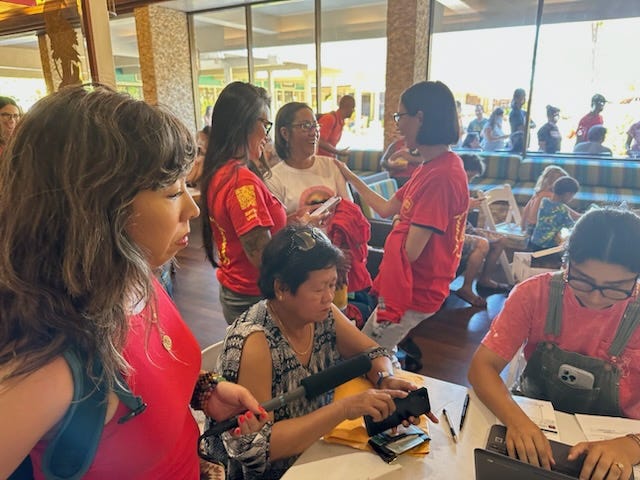
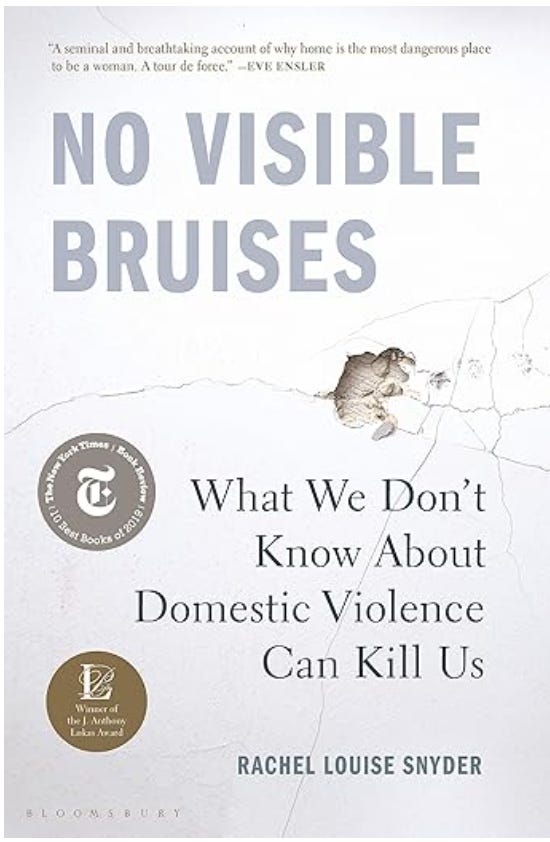
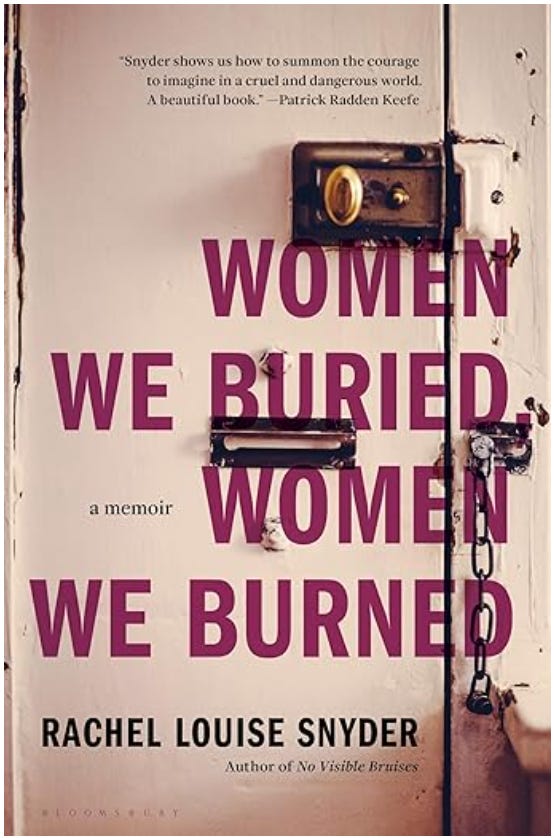

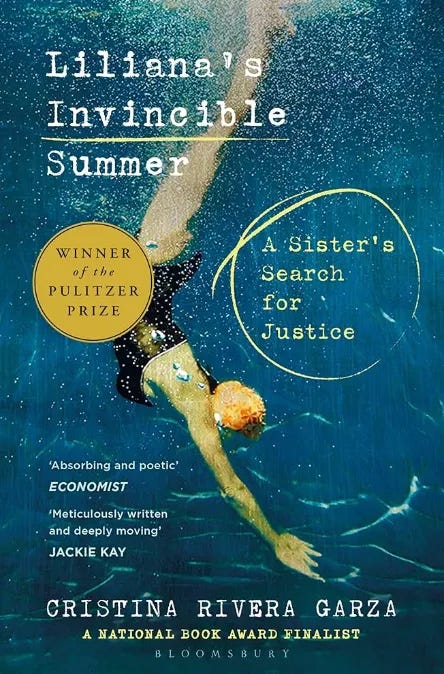
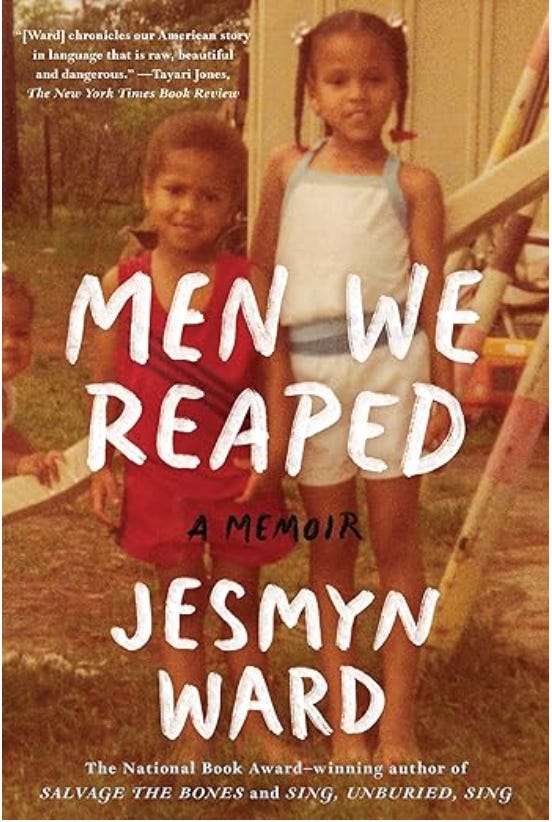
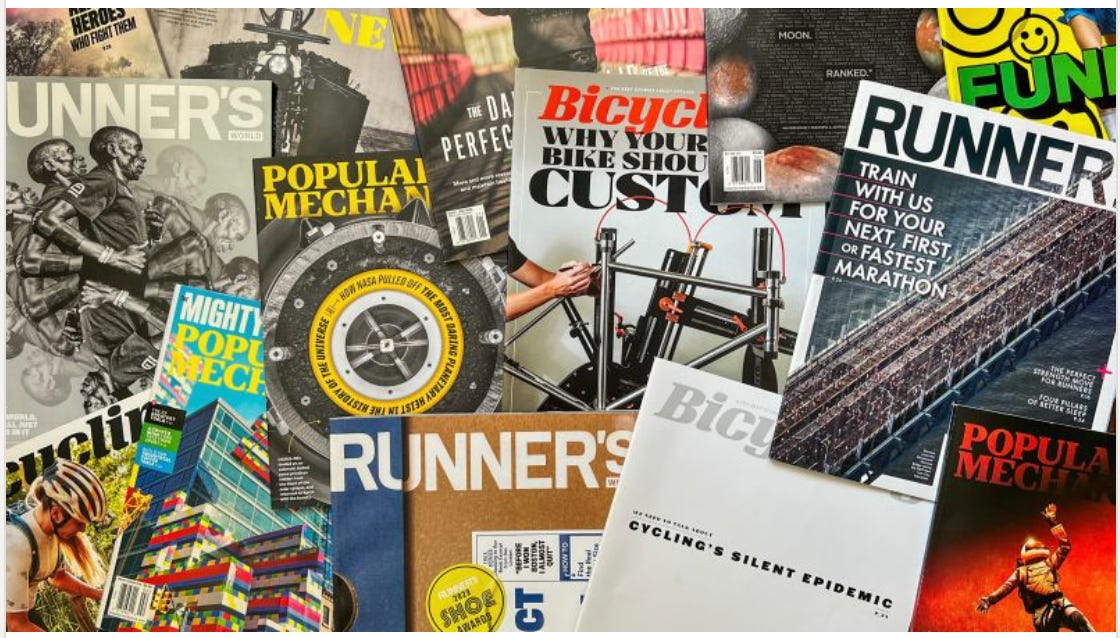
Just last week I shared your original post with the students in my Longform Feature Reporting class and told them that even though it is 10 years old, it's the best guide to finding story ideas. What a joy to get an update this week! Thank you so much for sharing your wisdom with us, Erika.